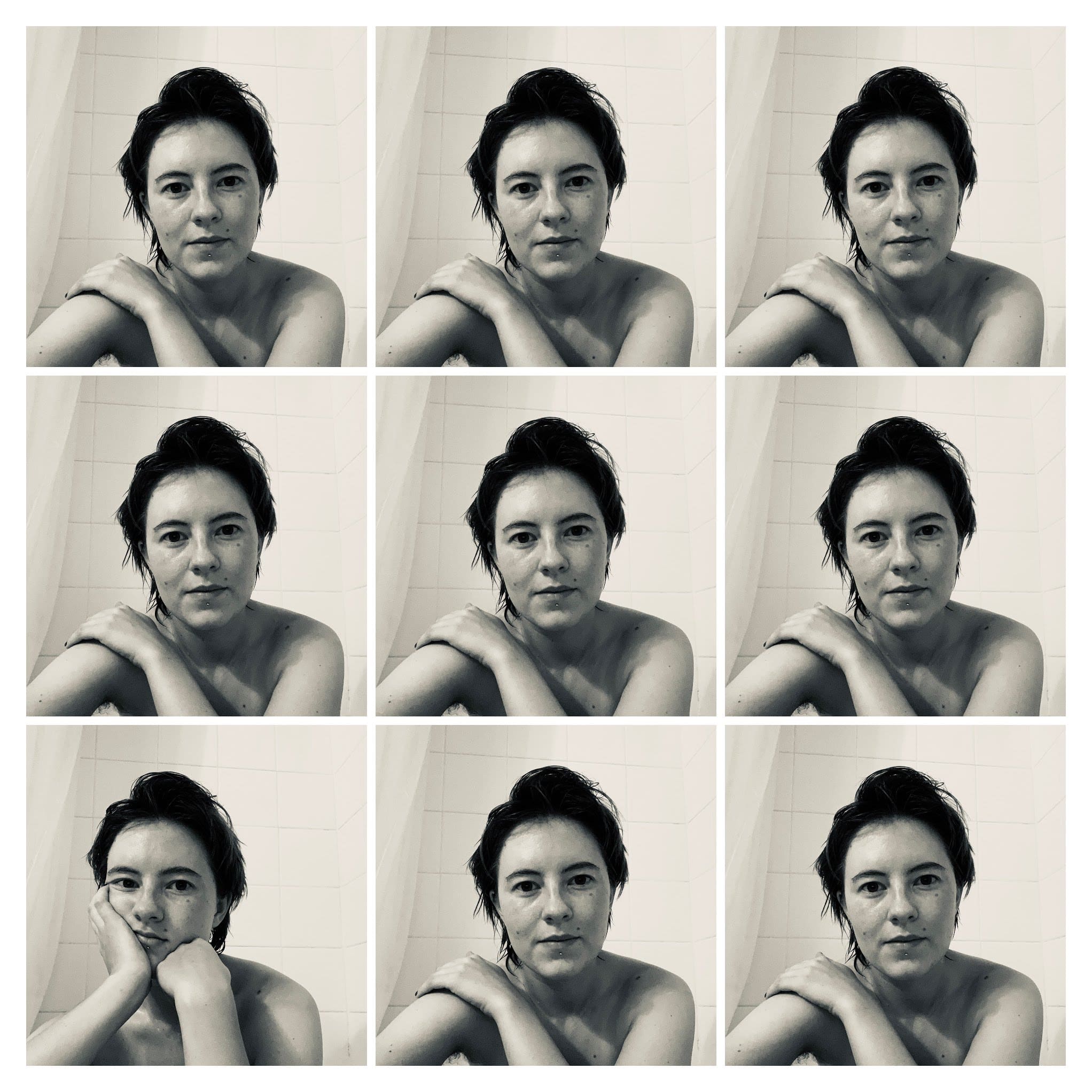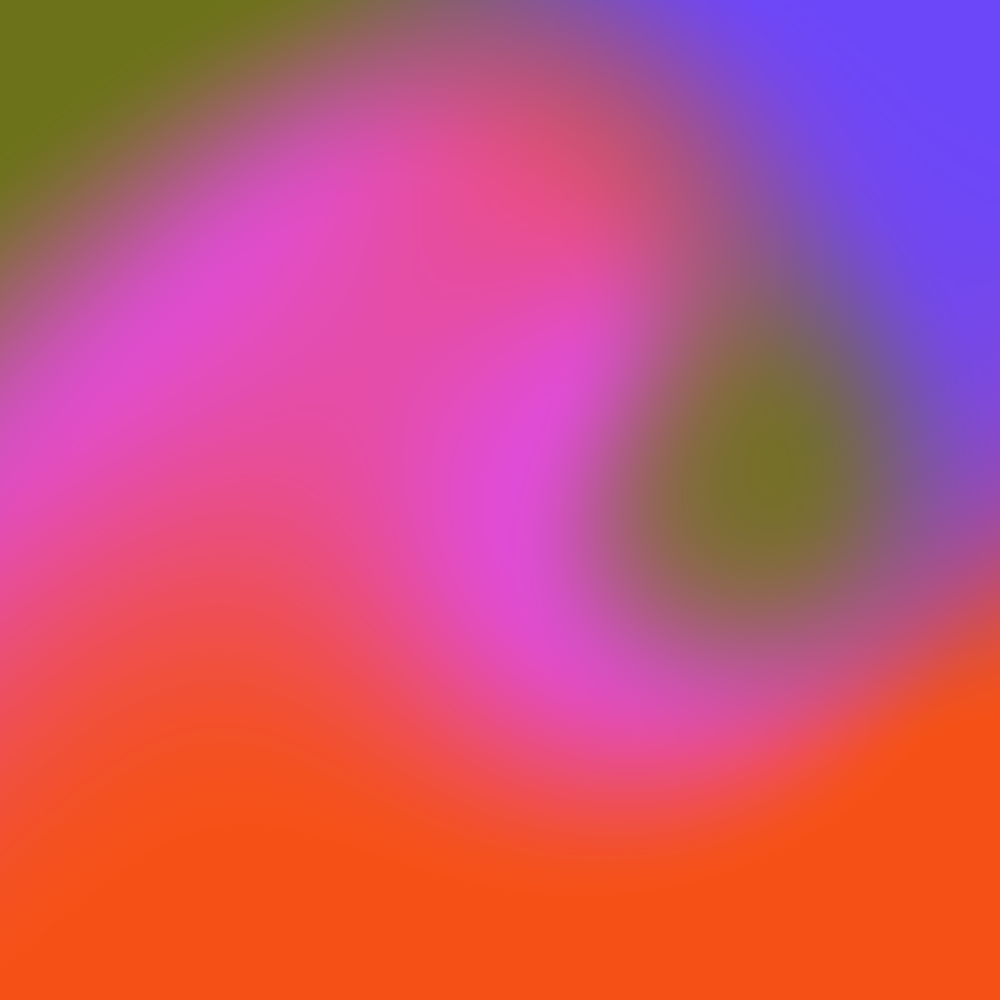Breaking through the block: How healing my inner child led to artistic freedom
For many years, I have wanted to be a person with a consistent creative practice. I want to be an Artist.
And yet, I’ve struggled to make much progress toward this goal. I start projects but don’t finish them, or quit when a new endeavor isn’t immediately successful. I wrestle with existential questions and “what’s the point?” myself into a depression.
But everything has shifted in the past couple of years. I’m finally coming out the other side of a beautiful healing journey—one that has helped me understand why it has been so hard for me to connect with my dream of being an artist.
And I want to share with you what I’ve learned.
In order to do so, I must take you on a little journey. We will call this the Journey of Creative Blocks & Self-Diagnoses.

2014-2017 “I am lost” #
As a recent college grad, this was the era of me figuring out how to be an adult in the world. I took a full-time job at the university because I needed health insurance and financial security. I knew I wanted to pursue something creative outside of my full-time job, but I wasn’t sure in what capacity. Writing? Printmaking? Graphic design? Playing punk music?
I tried a lot of different things during this time. I started a blog, provided freelance graphic design services, made zines, and played guitar in an all-ladies punk band.
2018 “I am lazy” #
I desperately wanted one of these experiments to turn into something that felt energizing enough to pursue for the long-term, but it never happened. I started to feel like something was wrong with me. Maybe I needed a better routine? More structure? Less structure? A clear goal for the future? A vision board?
I downloaded a million PDFs from the online business gurus and Pinterest bloggers, but all of the clarity and passion they promised fizzled out for me within a couple of months.
Maybe I was just lazy? Or maybe I wasn't as creative as I thought?
These thoughts terrified me, but instead of examining them more deeply I threw myself into an entirely new career. New career was exciting and it proved to everyone (me) that I wasn’t lazy or boring. I more than doubled my previous income which, unsurprisingly, didn’t seem to soothe the anxiety or scarcity I felt around money.
2019 “I am burnt out” #
After a few years in my new career, I started to feel listless. I was commuting over 1.5 hours to and from work each day and no amount of inspirational audiobooks or podcasts could shake me from my fog of exhaustion. I still had big, creative dreams but they stayed trapped in the realm of ideas.
At the end of 2019, I read Anne Helen Petersen’s viral Buzzfeed article about burnout, and some of her points rang true for me. I wasn’t strapped with overwhelming student debt like many of the millennials she interviewed, but I did feel a baseline level of anxiety staring down the list of tasks on my to-do list and obligations on my calendar. Everything, even fun things, felt like a chore.
At the beginning of 2020, I was ready to turn over a new leaf—I planned to set better boundaries at work and dedicate myself to my creative practice again. I even wrote a blog post about my burnout recovery plan.
As you might anticipate, nothing went as planned in 2020.
Recognizing my own burnout was helpful to the extent that it gave me a starting point to dissect the pressure I felt to optimize myself for perfect performance. It was during this time that I admit to myself that even though I felt “ok,” my baseline “ok” might be tainted by low levels of anxiety that had previously gone undetected.
2020 “I am not ok” #
The end of 2020 brought me to my knees. After a year of social isolation, rising familial tension, and a job that had begun to feel less than pointless, I realized my low-level anxiety had turned into something more serious. I was unimaginably angry and simultaneously confused about where the anger was coming from. At that point I had no place to put my emotions, no space to work through them. Lifting weights helped, but I needed something more.
2021 “I am healing” #
I spent 2021 in therapy. This was a promise I made to myself—this time I would actually commit to the process.
My therapist was kind and a good listener. We met weekly via video chat. She wore big dangly earrings and a hair wrap. Her cats sometimes entered the frame. Our sessions involved a mix of Cognitive-Behavioral Therapy (CBT) techniques, trauma therapy, and Internal Family Systems methodologies. She often encouraged me to speak directly to my inner child.
Now, here’s where the breakthroughs started to happen.
Before therapy, I never saw myself as someone with Trauma. I hadn’t lived in a war-torn country and I wasn’t abused as a child, so what did I have to be traumatized about?
But throughout our sessions I started to learn more about trauma with a lowercase t. Usually I don’t like to even use the word trauma, preferring something with less gravitas like adverse experience. In these weekly therapy sessions, I came to understand that I had never fully processed a few adverse experiences in my adolescence, and those unprocessed experiences had resulted in a “splitting” of myself into different parts. There is my wounded child part who never felt fully seen or understood, the part that is always trying to control everything, the judgmental part, the spiteful part, the part that is afraid I’ll run out of money, etc.
In an essay titled “How I Wish Trauma Had Been Explained to Me,” Sasha Chapin wrote about this exact phenomenon. He explains that not every adverse experience results in this splitting—there are likely some bad feelings that you are able to process quickly. But when you don’t, and the bad feelings sit around, “half-chewed,” they can begin to affect other areas of your life. For me, it was impairing my ability to think and feel anything fully. I had almost completely lost connection to the part of myself that wanted to be an artist, the part that was creative and curious and energized by the world around me. If I’m being honest, I spent most days feeling stressed about work and in my free time I doom-scrolled Twitter, which left me feeling angry, overwhelmed, and hopeless.
I found Chapin’s description of healing our split parts to accurately map to my experience. He writes,
The good news is that the splitting can be mended. The high-level pitch is that what seems to work, broadly, is restoring your connection to the split-off material. You disowned parts of you: now you’ve got to own them again. This isn’t always easily accomplished, since most of the time, if you touch split-off content, you’re just reminded of how bad it was, which reinforces the original split. You need to be in a space of psychological safety, where your mind has enough capacity that it can pull off full contact with the aversive mental material, such that you can fully, lovingly experience the original pain/embarrassment/heartache/rage, and thus bring it into the present and own it as part of your life story, rather than keeping it in the past. As well, beyond the feeling dimension, reintegration often has a narrative component. It can be helpful—and sometimes it’s crucial—to craft a more generous version of your previous self-narrative that can include what you’d previously denied about your experiences.
Therapy, if nothing else, was a safe space to process my pain, embarrassment, heartache, and rage and start to re-integrate my split parts back into the whole. I cried a lot too, which helped.
2022 “I am ok” #
This year I started to feel ok. I got a new job that is more aligned with my personal values, moved across the country, and started taking art classes. For the first time in a decade, I’m making progress toward my dream of becoming an artist.
I am in no way fully “healed,” nor do I think this is a realistic or desirable goal. I do feel ok though, as in the low-level anxiety I felt for many years is almost nonexistent. And whenever I notice a new hurt or abandoned part arise inside me, I have a starting point for integrating that part back into the whole.
When I look back at my younger self and my phases of feeling lost, lazy, and burned out, I realize now that these were all symptoms of a much deeper problem. A problem that no amount of vision boarding, habit tracking, or hot girl manifesting were powerful enough to address. My split parts were pushed down so deeply that they were sabotaging my entire nervous system, and I needed time and space to rewire my brain and body and build a more solid foundation.
Now that I’m more connected to all of my parts, I am also more connected with my dream of becoming an artist. I’m making art more consistently, but more importantly, I’m making art that feels alive. The work I’m producing isn’t just another project to add to my portfolio — it’s energizing and meditative and meaningful. It carries no expectations. And the best part — I’m having fun.
Subscribe to Soft Practice—An email newsletter for artists and makers
Soft Practice is about making art without an art degree, paying attention, and keeping the promises we make to ourselves. It's about practice. And quitting. And starting again.
It arrives in your inbox once a month (usually on a Sunday) and is best consumed with a hot beverage. In each newsletter I will share all the messy parts along my journey to becoming a full-time artist and maker, help you get organized to better manage your creative projects, and offer up some thoughtful (and sometimes weird) recommendations.
